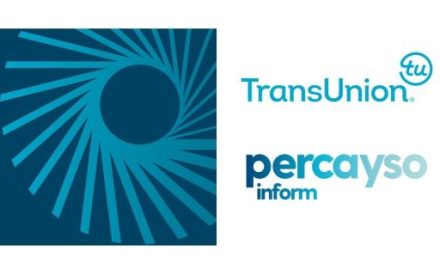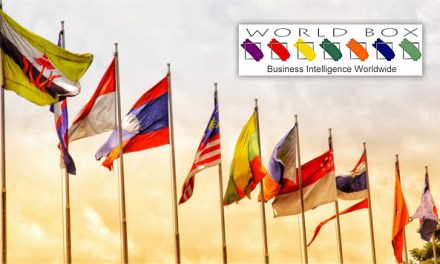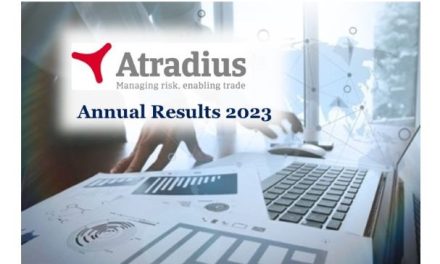Technology consultancy, Gartner, has unveiled the eight key technology trends it believes procurement professionals all need to be aware of.
 Announced at Gartner’s Supply Chain Symposium Xpo earlier this week, Simon Jacobson VP of its Supply Chain Practice, said consistent disruption had “blurred the lines” between business and tech strategies, and so procurement teams need to assess on how new tech will affect their planning.
Announced at Gartner’s Supply Chain Symposium Xpo earlier this week, Simon Jacobson VP of its Supply Chain Practice, said consistent disruption had “blurred the lines” between business and tech strategies, and so procurement teams need to assess on how new tech will affect their planning.
He said: “The last three years of uncertainty have blurred the line between business and technology strategies to the point that they must be considered together.
“Supply chain leaders must have an understanding of the strategic, disruptive and unavoidable technologies that will impact their planning processes over the next five years.”
Gartner’s recommendations come from the results of polling 499 supply chain leaders across North America, Latin America, Western Europe and the Asia Pacific region about their priorities.
Broadly, the research found that 65% of respondents anticipated easier funding for new technology investments, while 73% of supply chain IT budgets were expected to go to “growth and performance enhancements”.
It also revealed that supply chain leaders had technology concerns in three main areas: how to pioneer new forms of engagement; how to optimise for resilience; and how to scale performance to enable technology delivery at “any place and any time”.
But when asked about the technology trends procurement leaders needed to be aware of, it found eight dominant ones:
- Actionable AI: Data-driven AI to augment decision-making while keeping humans in the loop and adapting to changing real-word circumstances.
- Smart operations: The orchestration of different and distributed processes and the underlying systems and data that support them. It is relevant across service and logistics operations, such as warehousing, transportation and global trade.
- Mobile asset optimisation: Connecting of business process software, sensory technologies and analytics techniques so companies can optimise their use of smart robots, and transport visibility platforms. Allows for collaboration among shippers, carriers and logistics providers.
- Industry cloud platforms: Connecting software, platform and infrastructure services onto one tool to enable an entire catalogue of “industry-specific packaged business capabilities”. It effectively creates a “business innovation tool” which adds far more value than traditional cloud approaches.
- Employee engagement: The provision of mixed-reality and/or mobile devices to provide content that augments jobs (for instance, wearables for safety and location management). To be added as part of a workforce strategy that focuses on knowledge curation, skills development, and training.
- Composable application architecture: Modular, autonomous, or connected software applications that focus on a specific business use case.
- Cyber-resilient supply chains: The requirement for developing a robust suite of cybersecurity mechanisms to mitigate these risks or points of vulnerability. To come as part of the drive towards tech-enabled supply chains, and firms becoming connected to additional vendors and service providers.
- Supply chain integration services: Skilled integration teams able to connect and combine the many different technology platforms available. These decision makers elevate tech from a tactical, execution-centric and technical view of system interoperability to much more of a strategy-led one.

Source: CHIPS Supply Management News



























